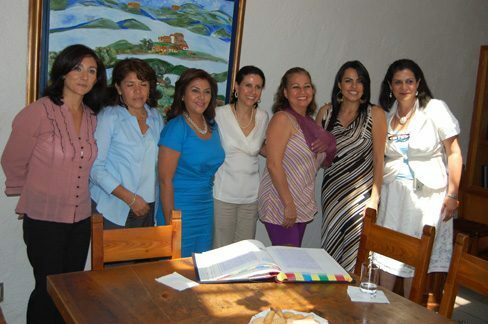Definition of Rif War
Miscellanea / / July 04, 2021
By Javier Navarro, in Oct. 2018
In the north of Morocco is the Rif region. East territory It was a protectorate of Spain from the early 20th century until the 1950s. The inhabitants of this region, the Rif people of Berber origin, rebelled against foreign rule and for 20 years took place the so-called Rif War, also known by other names: Second Moroccan War or War of Africa.
The origin of this conflict It began in 1904, when Spain decided to occupy the Rif region to regain national prestige after the failure of the loss of the colonies of Cuba, Puerto Rico and the Philippines in 1898.
As in most armed conflicts, in this there were economic interests, since in the north of Morocco there were iron and other metal mines. The Count of Romanones, one of the greatest fortunes in Spain, was the one who had the concession of the mines. The Rif Kabyles did not accept economic control of their region and in 1908 the first acts of rebellion began.
The phases of the war
In a first phase the Spanish troops settled in the territory of the Rif. In 1909 the Spanish army suffered a hard and bitter defeat, known as the "Barranco del Lobo Disaster", a place very close to the city of Melilla.
In a second stage the Spanish tried to create and maintain checkpoints, the so-called blocaos (small fortifications designed to be dismantled with speed). These strategic areas were periodically attacked by the Rif guerrilla led by Abd el-Krim.
In 1921 a new phase of open war began, the main consequence of which was the so-called "Annual Disaster". In this battle the Riffians caused a new defeat to the Spanish army. After this episode a profound crisispolitics in Spain that caused a new dictatorial stage led by Miguel Primo de Rivera.
The Rif War was not a military confrontation conventional between two armies with similar characteristics. While the Spanish troops consisted of poorly equipped replacement soldiers, the Riffians organized themselves into groups guerrillas who knew the territory perfectly and this allowed them to destabilize enemy lines with attacks surprising.
Officially the Rif War ended in 1927 and the Spanish protectorate ended in 1956
In 1924 the Spanish and French army joined forces and in 1925 the "Desembarco de Alhucemas" took place. Colonel Francisco Franco actively participated in this operation, who a decade later led the military uprising against the ll Republic.
The landing was the final maneuver that brought about the end of the Rif War and the consequent Spanish control over this territory.
The final balance of the war was paradoxical, since Spain managed to impose itself militarily but at a very high price (it is estimated that more than 26,000 soldiers lost their lives).
In 1956 the different territories that made up the Rif region were integrated into the Kingdom of Morocco.
Issues in Rif War
